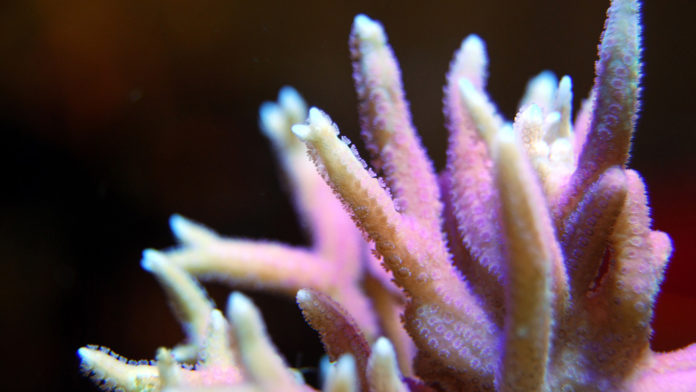When humans accidentally introduced rats onto isolated islands like the Galapagos in the 17th and 18th centuries, we threatened the incredible biodiversity of these remarkable ecosystems. The rats quickly multiplied and devastated local populations of birds and reptiles by feeding on their eggs and hatchlings.
But the destruction didn’t end at the shoreline. According to a new study, the decline of local bird populations also ripples down to local fish and coral reefs. The study, conducted by an international team led by Lancaster University, was published in Nature.
This research adds urgency to the control and eradication of invasive rat species, which was already a major priority for conservation efforts.
“Eliminating the rats that infest these islands would benefit terrestrial ecosystems and enhance coral reef productivity and function,” says co-author Aaron McNeil, professor of biology at Dalhousie University.
“It could tip the balance for the future survival of these reefs and their ecosystems.”
The team studied the Chagos Archipelago, a group of over 60 islands in the Indian Ocean, with some being rat-free and others being rat-infested. Their goal was to study the levels of organic matter and nutrients in the island ecosystems, and how they impact local wildlife populations both on and off the islands.
Over a six-year period, the average seabird density was 760 times higher on rat-free islands. Seabirds return to the islands as a home base to roost and breed, and while there they deposit nitrogen and phosphorus-rich droppings called guano. It makes sense that nitrogen deposition by seabirds was also higher on rat-free islands, measuring at 251 times the input on rat-infested islands.
These numbers represent staggering disruptions to these island ecosystems.
The important nutrients from guano benefit soils and shrubs on the rat-free islands, but they also feed macroalgae, filter-feeding sponges, turf algae and fish on neighbouring coral reefs. The team observed that plant-eating damselfish on reefs adjacent to the rat-free islands grew faster, and fish communities overall had 48 percent greater total mass no matter what their food source.
The work emphasizes that ecosystems can cross shorelines, and that what is happening on land affects ocean life, too. The recent success story of total rat eradication on South Georgia Island follows a multi-year conservation effort and extensive verification process, and demonstrates that we can reverse the stranglehold of rat infestations on these islands.
In a time when coral reefs are already being threatened by climate change, the impact of restoring rat-free status to neighbouring islands could be critical to protecting the health of our oceans.








































